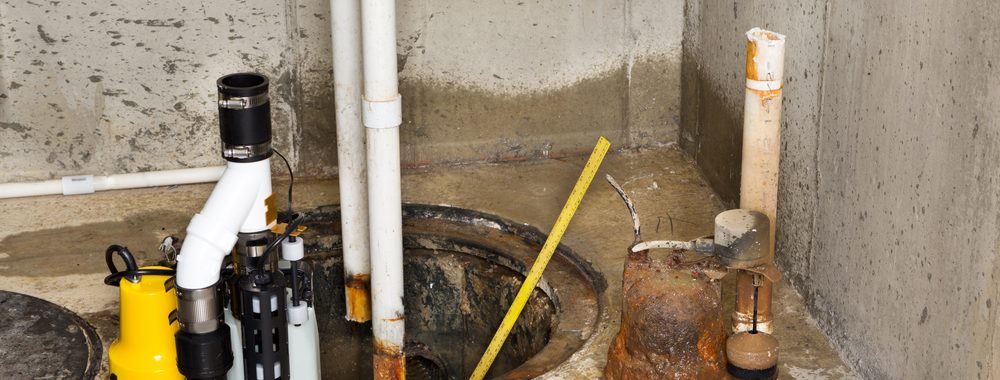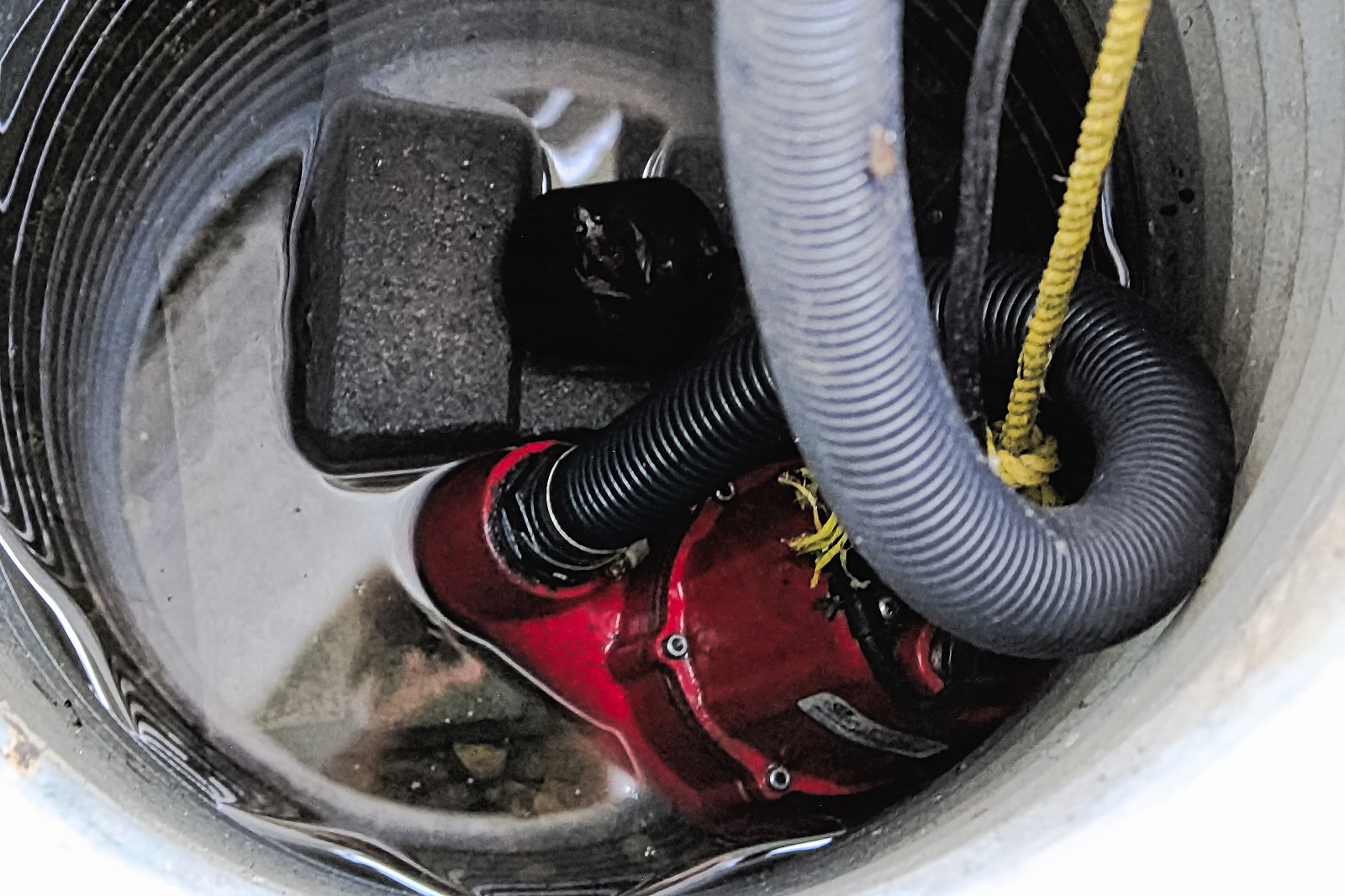Quick Methods for Caring for a Sump Pump
Quick Methods for Caring for a Sump Pump
Blog Article
How do you actually feel with regards to How To Effectively Clean A Sump Pump?

Sump pumps are vital components in lots of homes, particularly in locations prone to flooding or too much wetness. They aid protect against water damage by successfully getting rid of excess water from cellars or crawl spaces. However, like any other home appliance, sump pumps need routine maintenance to guarantee they work efficiently when needed one of the most. Cleaning your sump pump is a crucial part of its maintenance, and recognizing just how to do it appropriately can save you from pricey repair services and potential disasters.
Introduction
Keeping a tidy sump pump is essential for its proper performance and long life. Overlooking this crucial task can lead to blockages, breakdowns, and ultimately, water damages to your building. Therefore, discovering how to clean a sump pump is important for homeowners who rely on these devices to keep their basements dry and protected.
Indicators of a Dirty Sump Pump
Understanding when your sump pump requires cleansing is critical for stopping potential breakdowns. Some common signs that show a filthy sump pump include strange noises throughout operation, reduced water circulation, and visible debris in the pit. If you notice any of these signs and symptoms, it's essential to cleanse your sump pump without delay to stay clear of any type of additional problems.
Getting ready for Cleaning
Prior to you start cleansing your sump pump, it's essential to take some security precautions. Start by shutting off the power to the pump to avoid any kind of electric crashes. Furthermore, wear proper protective gear, such as gloves and safety glasses, to protect yourself from dirt, debris, and possible virus.
Comprehending the Sump Pump
Before diving right into the cleaning procedure, it's important to have a basic understanding of just how a sump pump works. Typically mounted in a pit or basin below the basement flooring, a sump pump includes several crucial elements, consisting of a pump, a float button, and a discharge pipeline. When water gathers in the pit, the float button turns on the pump, which after that pumps the water out through the discharge pipe, far from the structure's foundation.
Step-by-step Guide to Cleaning Up a Sump Pump
Turning off the Power
Begin by disconnecting the power supply to the sump pump to stop any type of crashes while cleansing.
Checking for Correct Functioning
Before reinstalling the pump, perform a quick examination to ensure that the float switch triggers the pump correctly. Put some water into the sump pit and observe the pump's operation. If everything is operating correctly, you can reassemble the pump and reconnect the power supply.
Getting Rid Of Debris and Dust
Utilize a container or a scoop to get rid of any type of noticeable debris, dirt, or debris from the sump pit. Dispose of the particles effectively to stop it from obstructing the pump or the discharge pipe.
Cleansing the Pump and Drift Change
When the pit is clear of debris, carefully get rid of the pump from the pit. Check the pump and the float button for any indications of damages or wear. Utilize a soft brush or cloth to clean up the surfaces and remove any type of collected crud.
Flushing the System
After cleaning the pump and float switch, flush the sump pit with clean water to eliminate any kind of staying dirt or debris. This will certainly aid make certain that the pump operates smoothly and successfully.
Upkeep Tips to Keep Your Sump Pump Clean
In addition to regular cleansing, there are numerous maintenance ideas you can comply with to maintain your sump pump in optimum condition:
Conclusion
Cleaning your sump pump is an important facet of its upkeep and makes certain that it operates successfully when you require it one of the most. By complying with the actions outlined in this overview and including normal upkeep right into your regimen, you can extend the life expectancy of your sump pump and safeguard your home from water damage.
6 STEPS ON HOW TO CLEAN A SUMP PUMP PROPERLY
UNDERSTANDING SUMP PUMPS
Your sump pump plays a crucial role in protecting your home by managing and removing excess water. It primarily functions as a “shield”, guarding your basement against the damaging effects of water accumulation. The pump is housed in a sump pit in the lowest part of your basement, and its job is to pump out any water that collects there.
During heavy rainfalls or when snow melts rapidly, water can infiltrate your basement, posing potential risks like flooding, structural damage, and harmful mold growth. Here, the sump pump springs into action, pumping out the intruding water and directing it away from your home.
SAFETY FIRST
Before cleaning, remember to prioritize safety. Disconnect the sump pump from the power source to prevent any accidental electric shocks. Also, wear sturdy gloves to protect your hands from any sharp or dirty components within the pump.
REMOVE THE SUMP PUMP
After ensuring your safety, the next step is to remove the sump pump from its pit. Doing this might require careful maneuvering as you don’t want to damage any pump components. Once removed, clean the sump pit to remove any accumulated debris or sludge.
INSPECT THE PUMP
Inspect the pump for any visible signs of wear or damage. Check the power cord, float switch, and impeller housing. If any components look worn out or damaged, consider replacing them to ensure optimal performance.
CLEAN THE PUMP
Thoroughly clean the pump with warm, soapy water. Make sure to rid it of any dirt, gravel, or other debris that might impede its performance. You can use a toothbrush to clean the small, hard-to-reach parts of the pump.
REINSTALL THE SUMP PUMP
Reinstall the pump into the sump pit Make sure it’s positioned correctly to remove the water effectively Once it’s back in place, reconnect it to the power source TEST THE PUMP
Finally, pour some water into the pit to ensure the pump works correctly. It should start automatically and begin pumping out the water; if it doesn’t, check the power source and the positioning of the pump.
Remember, while cleaning your sump pump is an essential part of home maintenance, hiring a professional plumber for a thorough inspection and cleaning at least once a year is also important. This will ensure that your pump is in optimal condition, ready to protect your home from potential water damage.
BEST PRACTICES FOR CLEANING SUMP PUMP DISCHARGE PIPES
Regular Inspection: Regularly inspect your discharge pipes, especially during heavy rainfall or snowmelt periods. Look for any signs of blockage or damage. Early detection of problems can prevent serious issues down the line. Periodic Cleaning: Over time, sediment and debris can accumulate in the discharge pipes, impeding the flow of water. Regular cleaning helps keep the pipes clear and functioning efficiently. You can use a high-pressure water jet to effectively clean the pipes. Insulation During Winter: In colder climates, discharge pipes can freeze, blocking the outflow of water. Protect your discharge pipes from freezing temperatures by insulating them with foam pipe insulation. This will ensure the sump pump can continue to discharge water even in freezing conditions. Proper Positioning: The discharge pipe should be positioned to direct water away from your home’s foundation. Improper positioning can lead to water seeping back into the basement. Ensure the pipe is long enough and angled correctly. Installation of a Check Valve: A check valve prevents water from flowing back into your sump pit after the pump has pushed it out. Installing a check valve helps maintain the efficiency of your sump pump and reduces the risk of flooding. Minimize Pipe Turns: Every curve or turn in the discharge pipe can decrease the efficiency of water flow. By minimizing turns and bends in your discharge pipe, you can increase the efficiency of your sump pump. https://www.fullspeedplumbing.com/how-to-clean-a-sump-pump-properly9999/

As a fervent reader on Cleaning & Maintenance Tips for Your Home's Sump Pump, I imagined sharing that excerpt was really helpful. Do you know about somebody who is curious about the topic? Why not promote it. I am grateful for your time. Return soon.
Book A Free Estimate Report this page